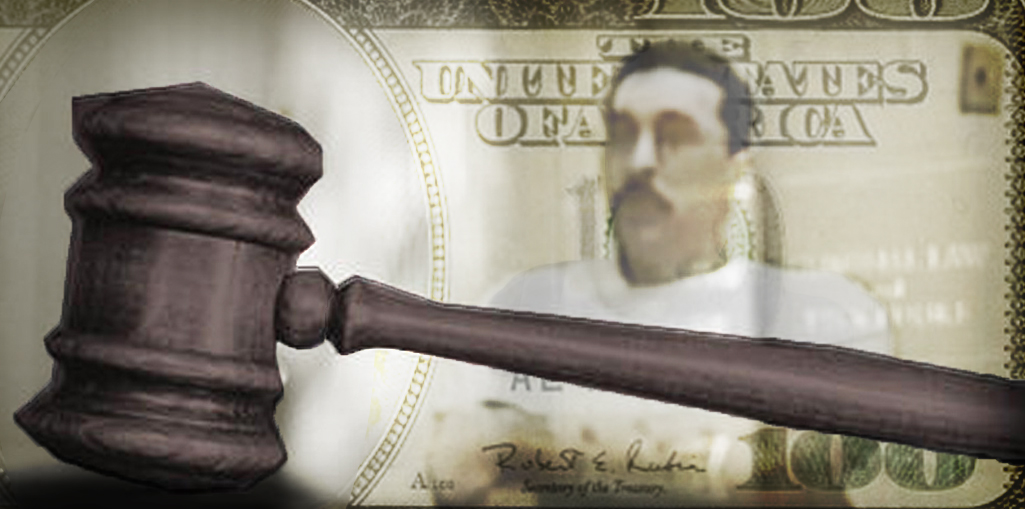We’ve all heard of it, but unless you need it you probably have no idea exactly how it works or how to get it. The idea behind bail is to prevent a defendant from running away after he or she has been arrested. The theory is that if someone puts up a large amount of money, he is not likely to walk away from it. The other reason to set bail is, danger to the community. The more serious the crime the higher the bail.
Recently there has been a move to change the structure of bail as some feel it discriminates against poor people. Although the bail amount is determined by the severity of the crime not the financial status of the person who committed it, clearly someone who is poor will have a harder time affording it than someone who is wealthy.
The amount of the bail is pre-set according to a bail schedule, based on the seriousness of the crime. The theory is that if someone posts a million dollars of bail money, he is likely to show up in court to protect his money. The more serious the crime, the more incentive a defendant might have to flee from punishment, so the higher the bail.
 Orange County Criminal Defense Lawyer Blog
Orange County Criminal Defense Lawyer Blog


